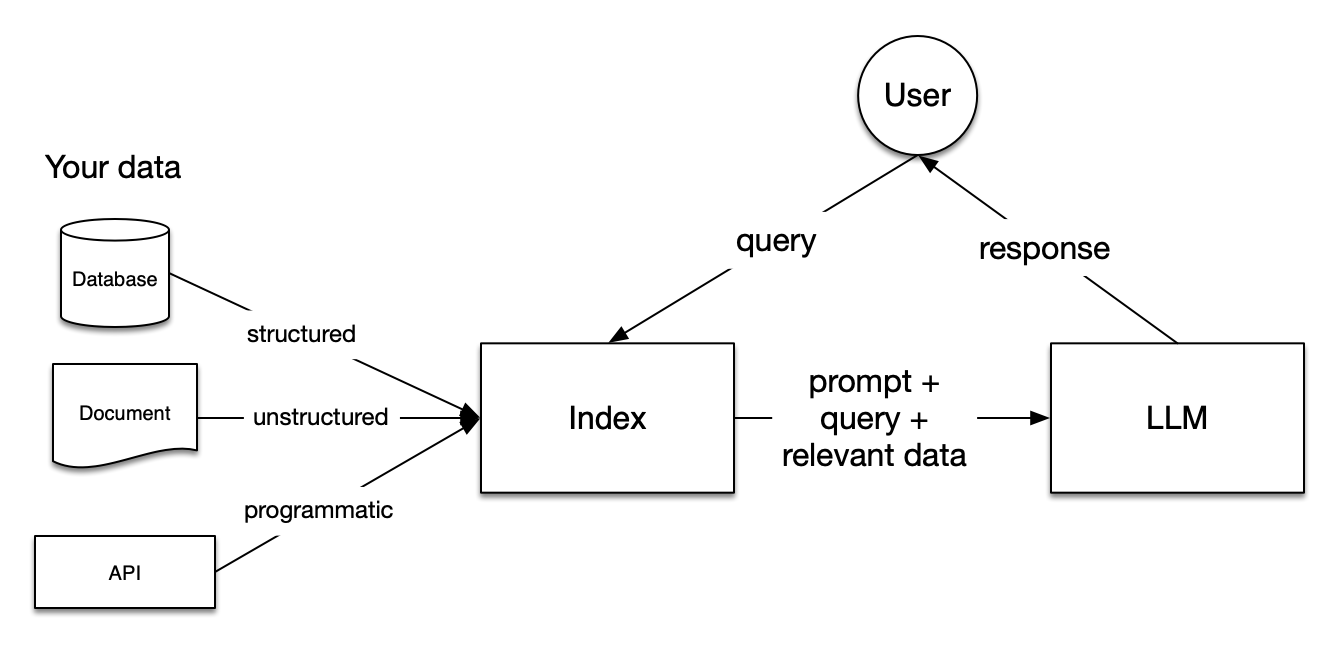
- SAP Community
- Products and Technology
- Human Capital Management
- HCM Blogs by SAP
- SAP SuccessFactors Incentive Management - How RAG ...
- Subscribe to RSS Feed
- Mark as New
- Mark as Read
- Bookmark
- Subscribe
- Printer Friendly Page
- Report Inappropriate Content
Large language models (LLMs) like GPT-4 have shown impressive abilities in generating human-like text. However, they still face challenges when it comes to retention of factual knowledge. This is where retrieval-augmented generation (RAG) comes in — combining the generative capabilities of LLMs with external knowledge sources. RAG has emerged as a promising technique for improving the factual grounding of LLMs while retaining their fluency.
Let’s dive deep into the world of RAG understanding and how SAP Successfactors Incentive Management Sales reps can benefit.
What is retrieval-augmented generation (RAG) ?
Retrieval-augmented generation combines large language models with retrieval mechanisms to provide relevant knowledge to the LLM during text generation.
In RAG frameworks, the LLM is paired with an information retrieval system. When the LLM receives a prompt, the retriever looks through the knowledge source (a database, passages of text, etc) to find relevant context. This context is provided to the LLM, along with the original prompt, to generate an output.
LLMs are trained on enormous bodies of data but they aren’t trained on your data. Retrieval-Augmented Generation (RAG) solves this problem by adding your data to the data LLMs already have access to. You will see references to RAG frequently in this documentation.
In RAG, your data is loaded and prepared for queries or “indexed”. User queries act on the index, which filters your data down to the most relevant context. This context and your query then go to the LLM along with a prompt, and the LLM provides a response.
Even if what you’re building is a chatbot or an agent, you’ll want to know RAG techniques for getting data into your application.
 Reference : https://docs.llamaindex.ai/en/latest/getting_started/concepts.html#
Reference : https://docs.llamaindex.ai/en/latest/getting_started/concepts.html#SAP SuccessFactors Incentive Management can benefit from RAG in several ways:
- Improved accuracy of incentive calculations: RAG can be used to improve the accuracy of incentive calculations by taking into account a wider range of factors, such as market conditions, competitor activity, and individual rep performance.
- Reduced administrative burden: RAG can automate many of the administrative tasks associated with incentive management, such as data collection, analysis, dashboards, and reporting.
- Increased fairness and transparency: RAG can help to ensure that incentives are fair and transparent by providing reps with a clear understanding of how their performance is measured and how their incentives are calculated.
- Improved motivation and engagement: RAG can help to improve motivation and engagement by providing reps with personalized goals and feedback.
Sales reps can get an advantage from RAG in several ways:
- Increased earning potential: RAG can help reps to earn more money by providing them with personalized goals and feedback that helps them to improve their performance.

Here are some specific examples of how RAG can be used to improve SAP SuccessFactors Incentive Management:
- RAG can be used to create personalized incentive plans for each rep. These plans can be based on the rep's individual sales goals, performance history, and market conditions.
- RAG can be used to automate the process of calculating incentive payouts. This can help to reduce the administrative burden on sales managers and reps.
- RAG can be used to provide reps with real-time feedback on their performance. This feedback can help reps to identify areas where they can improve and track their progress towards their goals.
- RAG can be used to create personalized coaching plans for reps. These plans can be based on the rep's individual needs and weaknesses.

Overall, RAG has the potential to revolutionize the way that incentives are managed in SAP SuccessFactors IM. By providing reps with personalized Target quota goals, feedback, and coaching, RAG can help to improve their performance, increase their earning potential, and make them more satisfied with their jobs.
Here are some additional benefits of using RAG in SAP SuccessFactors Incentive Management:
- Reduced costs: RAG can help to reduce the costs associated with incentive management by automating tasks and improving the accuracy of calculations.
- Improved compliance: RAG can help to ensure that incentive programs are compliant with all applicable laws and regulations.
- Increased agility: RAG can help organizations to adapt their incentive programs more quickly to changing market conditions.
In conclusion, RAG has the potential to significantly improve SAP SuccessFactors Incentive Management. By providing a more personalized, efficient, and effective incentive management experience, RAG can help organizations to achieve their sales goals and improve the overall performance of their sales force.
Additional tips for using RAG in SAP SuccessFactors Incentive Management:
- Start small: When starting out with RAG, it is important to start small and pilot the technology in a limited group of reps.
- Get feedback: Get feedback from reps on their experience with RAG and use this feedback to improve the program.
- Track results: Track the pipeline-calculated results of your RAG program to measure its impact on rep performance and incentive payouts.
- Be patient. It takes time to see the full benefits of RAG. Be patient and continue to invest in the SAP BTP AI technology.
By following these tips, you can maximize the benefits of RAG in your SAP SuccessFactors Incentive Management program.
- SAP Managed Tags:
- SAP SuccessFactors Incentive Management
You must be a registered user to add a comment. If you've already registered, sign in. Otherwise, register and sign in.
-
1H 2023 Product Release
3 -
2H 2023 Product Release
3 -
Business Trends
104 -
Business Trends
4 -
Cross-Products
13 -
Event Information
75 -
Event Information
9 -
Events
5 -
Expert Insights
26 -
Expert Insights
19 -
Feature Highlights
16 -
Hot Topics
20 -
Innovation Alert
8 -
Leadership Insights
4 -
Life at SAP
67 -
Life at SAP
1 -
Product Advisory
5 -
Product Updates
499 -
Product Updates
40 -
Release
6 -
Technology Updates
408 -
Technology Updates
10
- SAP SuccessFactors Talent Intelligence Hub H1 2024 Release Insights in Human Capital Management Blogs by Members
- How to defer releasing Balances at the end of a Quarter(as opposed to the next open Period) in Human Capital Management Q&A
- 1H 2024 Product Release Redesigned Applicant Management Tool – Initiate Onboaring greyed in Human Capital Management Q&A
- Latest Updates to the Reimagined Applicant Management Tool in SAP SuccessFactors Recruiting in Human Capital Management Blogs by SAP
- New 1H 2024 SAP Successfactors Time (Tracking) Features in Human Capital Management Blogs by SAP
| User | Count |
|---|---|
| 14 | |
| 3 | |
| 3 | |
| 2 | |
| 2 | |
| 2 | |
| 2 | |
| 1 | |
| 1 | |
| 1 |